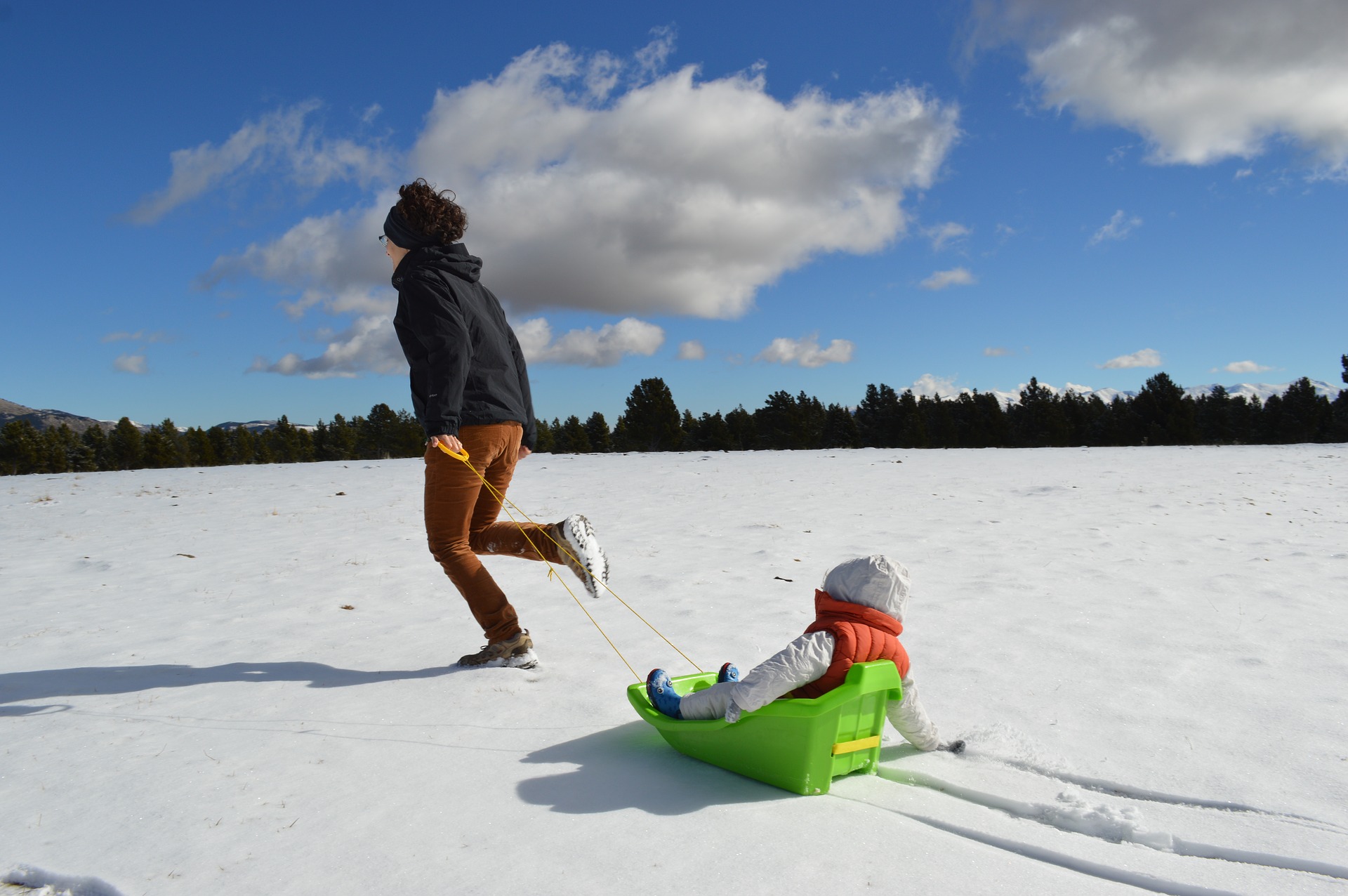Winter sports can be exhilarating, whether you’re sledding downhill, skiing or simply walking through the snow. To get the most out of winter activities, you’ll want to guard against these five foot problems, which at the least can make you uncomfortable, and at the worst, may sideline you for weeks.
1. Cracked Heels/Dry Skin:
This is the most common cold weather foot complaint, particularly among men. Also called “heel fissures,” the cracks look unsightly and, if deep enough, can be painful when you’re on your feet. The simplest way to help prevent heel cracks and other areas of dry skin on your feet is to apply moisturizing cream, especially after a shower. But that may not be enough.
Shoes or boots with solid heel counters can help prevent heel cracks, as can padded socks that cushion the heels from impacts that may increase pressure in the heel area. If calluses and hard skin develop on the heels, you can use a pumice stone to reduce the thickness. Don’t attempt this if you have diabetes, however; trying to smooth the skin with a pumice stone or razor can increase the risk of infection. Instead, ask a foot health professional or dermatologist to do it for you.
2. Athlete’s Foot:
Many people think athlete’s foot is a problem only in the summer, when moisture sets the stage for this fungal infection. But the condition also can occur in the winter, especially when you layer up with a couple of pairs of all-cotton or all-wool socks in your shoes. This sets the stage for sweaty feet that can’t breathe, which can lead to athlete’s foot plus a bacterial infection on top of it. You can prevent this problem by wearing socks made of acrylic blends or acrylic-wool blends, which wick moisture away from the feet and toes. This is particularly important for winter runners and anyone who engages in high-impact outdoor activities.
3. Blisters:
Of course, you can get a blister at any time of the year, but two factors make it particularly likely you’ll get one in the winter. One is winter sports gear rentals—especially skates or ski boots. It’s often difficult to find just the right fit, and if the skate or boot is even a tad too loose at the heel, for example, the friction that results from your foot sliding around can lead to a blister. Another factor is holiday shopping—you spend more time on your feet than usual, and suddenly shoes that were comfortable enough for a few hours of light wear reveal stress points over the course of a full day of shopping and carrying packages.
You can help prevent blisters by wearing padded socks to fill in gaps in an otherwise loose-fitting rental boot. As for shopping, make sure you wear shoes that fit properly, easily accommodating padded socks and any recommended insert or orthotic. Think about proper fit when buying new shoes and boots, and keep our “integrated approach” in mind when trying on rentals.
4. Fractures:
No matter what winter sport you engage in, be sure to train properly before starting out so you can maintain good form and reduce the chances of slipping, twisting an ankle and falling. Skiers, skaters and snowboard enthusiasts are particularly prone to accidents that may result in a fractured ankle or metatarsal. Running or simply walking on uneven surfaces, especially those with patches of ice, also increase the risk of a foot fracture. Here again, wearing properly fitted shoes or boots with padded socks can reduce the risks by ensuring that the feet are optimally protected. Also, consider the use of ice grips or traction devices that can easily attach to the bottoms of shoes or boots and help prevent slipping on icy surfaces.
5. Foot Pain:
Foot pain has multiple causes and can happen any time, anywhere. But if you want to stay active during the cold weather and avoid being sidelined by pain or discomfort, be sure to see your doctor or a foot health professional if the pain lasts more than a couple of days and has no obvious cause.
Also note that if you are an avid outdoor sports enthusiast who spends long periods in the cold, or if you have diabetes or peripheral arterial disease, which can compromise circulation to the legs/feet, you may be at risk for frostbite.
Achilles Podiatry offers multiple locations in central Indiana, to serve you better. If you are concerned of your recent foot pain or condition then call our office today to schedule a consultation with us.
source: ipfh



